Selling your photo rights can be a great way to make some extra money. However, it’s important to know how much you should charge for them. In this article, we will discuss some factors that you should consider when pricing your photo rights. We will also provide some tips on how to get the most out of your negotiations. So, whether you’re just starting out in photography or you’ve been selling your photos for years, this article is for you!
So, How Much to Sell Photo Rights For?
Now that you have a basic understanding of photo rights and the different types of licenses, let’s get into the nitty-gritty: how much should you charge for your photos?
Well, it really depends on what type of license you are offering. For example, with a royalty-free license, clients can pay a single fee to use the image multiple times without having to keep paying royalties every time they use it. In this case, the photographer will typically set an upfront fee for their work.
When it comes to exclusive rights licensing, things can be more complicated as each situation is unique. When negotiating an exclusive rights agreement, make sure to include usage specifics such as length of time and number of countries in which the photos will be used. These details can help you determine the fee to charge.

No matter what kind of license or fee structure you choose, it’s important to remember that your photos are valuable and not just any price should do. Consider factors such as time spent shooting and editing, travel expenses, any special equipment needed for the job, overhead costs like insurance and licensing fees, etc., when coming up with a fair rate for your work.
Ultimately, setting a fair price is about creating a balance between getting paid fairly for your time and skill while also recognizing market trends so that your pricing is competitive. To make sure you stay ahead of the curve, take some time to research industry standards and averages for photo rates in your region. [1]
How to Price Digital Files
One of the most common questions photographers ask is how to calculate pricing for digital files. This can be a tricky issue, as there are a lot of variables involved. Here are some tips to help you set a fair price for your digital images:
- Consider usage: When pricing digital files, one of the first things to consider is how they will be used. If the image is going to be used in print or web advertising, then it probably requires higher licensing fees than if it were just being used on social media.
- Assess demand: Look at who is likely to buy and use your photos. Are you targeting professional magazines? Or do you expect mostly individual buyers? Demand plays an important role in setting prices, as it can determine how much you’re able to charge.
- Calculate cost: Take into account all of your costs, including time spent shooting and editing the photos, equipment used, and any other expenses incurred in creating the images. This is a key factor in setting a fair price.
- Set prices accordingly: Once you have considered all these factors, it’s time to set your prices according to usage, demand, and cost. Be sure to do some research on what other photographers are charging for similar uses of their digital files so that you can ensure that you’re pricing yourself fairly. [2]
So, it’s important to take all these factors into consideration when setting prices for your images. This way, you can make sure that you’re getting the most value for each sale.

Calculating the Cost of Goods for a Digital File
When it comes to setting a price for digital files, the first thing you need to do is determine the cost of goods. This doesn’t just mean material costs — a digital file will consume some amount of your time, creativity and energy that should be factored into its overall value.
If you’re an artist, photographer or freelancer who creates digital files for sale often, you may have a specific formula that works for you. For example, if your typical workflow involves taking photos and editing them in Photoshop before delivering the final product, then you can develop a “cost per hour” rate depending on how long each task takes.
For instance, if it takes you two hours to take photos at $50/hr, two hours to edit the photos at $60/hr and one hour to deliver the product at $30/hr, then you can calculate your cost of goods for a digital file as $140 + taxes.
Of course, there are other factors to consider when pricing a digital file—like copyright protection, usage rights and licenses. This is why it’s important to consult with an experienced professional who can help ensure you receive fair compensation for your work.
Calculating the Cost of Goods for Prints
It’s important to factor in the cost of supplies, such as paper, ink and other materials used to print photos. To calculate the cost of goods for prints, you should determine how many prints you plan to make and then divide that number by the total cost of printing supplies plus any taxes or additional fees associated with printing. For example, if you’re planning on selling 50 prints at a costs of $1 per print plus $5 for printing supplies and tax, your cost of goods would be ($50 + $5) / 50 = $1.10 per print.
It’s also important to consider whether you will be providing digital copies of the photos as part of your package. If you do, then you will need to factor in the cost of providing a digital file for each print purchased. This could include downloading and editing time, if applicable, or any other costs associated with providing digital files.
Finally, you should also consider whether or not you’ll be charging separately for shipping and handling fees. Depending on where your customers are located and how they will be receiving their prints, these costs can add up quickly. Make sure to research all potential shipping fees so that you can accurately calculate them into your photography rights fee. Remember that this is a business transaction; it pays to be thorough in setting up appropriate pricing structures before beginning any photo shoots or selling your work.

Best Pricing Model to Choose as a Real Estate Photographer
When it comes to pricing models for real estate photography, there are a few different options that you can choose from. Depending on the specifics of your business structure and the type of job, one model may work better than another. Here’s what you need to know about the different models and how they can help you price your services:
- Hourly Rate – An hourly rate is often used by photographers who want to charge their clients based on the amount of time spent shooting and editing photos. This model works well if each job requires the same level of effort, but it can become difficult to manage if jobs vary greatly in complexity or duration.
- Cost Per Photo – With this option, you set a flat fee for each photo that you deliver to the client. This works well if you know exactly how many photos will be required for each job, as it eliminates any guesswork from the pricing process.
- Project Price – You can also choose to quote your clients a flat fee for the entire project or set of photos. This option is best suited for jobs where there’s a predictable amount of work involved, such as real estate photography where many properties require similar amounts of effort to complete.
- Photography Rights – Finally, some photographers opt to sell their rights to use their images in perpetuity instead of charging per job or hour. This is usually done through an agreement with the client that clearly outlines the usage and distribution rules for the photos. This model works well if you’re looking to become a long-term supplier of images, as it allows you to license your work multiple times and receive ongoing royalties.
Opportunity Cost
This means evaluating how much money you could make by selling your photos multiple times versus the amount of money you’d receive from licensing them just once.
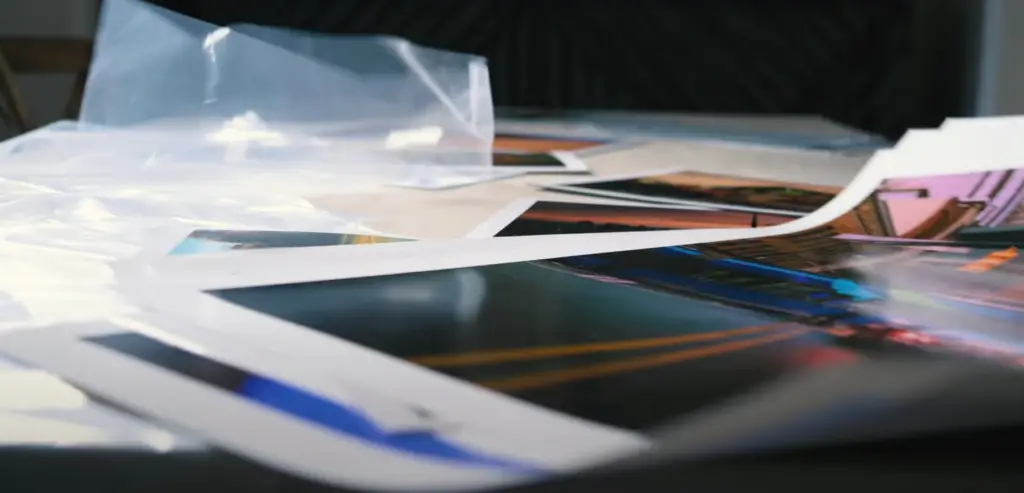
For example, if you charge a client $1,000 for rights to use your photo in perpetuity but can make up to $20,000 by selling that same photo over and over again, then it would make more sense financially to opt for the latter option.
At the end of the day, there’s no one-size-fits-all solution when it comes to pricing photography services. You may have to experiment with different models to determine which works best for you, but the most important thing is that your pricing accurately reflects the value of your work.
Per Usage
If you choose to license your photos on a per-usage basis, then it’s important to clearly define the terms of the agreement.
For example, some photographers may charge an additional fee for non-commercial use of their images. This can help to protect against potential copyright infringement and ensure that all parties involved receive fair compensation for their work.
Finally, make sure to keep records of each licensing agreement so you can easily track what rights have been sold and for how much. This will come in handy if you ever need to enforce the terms of the agreement or resolve any disputes that may arise.
Per Image
If you’re looking to license your photos on a per-image basis, be sure to clearly define what the client will receive in return. Will they get the original unedited file or will they receive a retouched version?
It’s also important to make sure that the terms of the agreement outline who has ownership of the image and whether or not it can be used for any purpose. The last thing you want is for your work to be used without proper attribution or compensation.
Package Pricing
Finally, some photographers opt to bundle multiple photos together and offer package pricing. This is a great way to make your services more attractive to potential clients and can help you maximize revenue potential on larger projects.
You may also want to offer discounts for bulk purchases or tiered pricing that increases with the number of images requested. This will give your clients more flexibility when it comes to licensing your photos and allow them to get the most value out of their purchase.
Rights Managed
If you’re looking for more control over how your photos are used, then rights managed licensing may be the way to go. This type of agreement outlines very specific terms related to usage, duration, and restrictions on distribution.
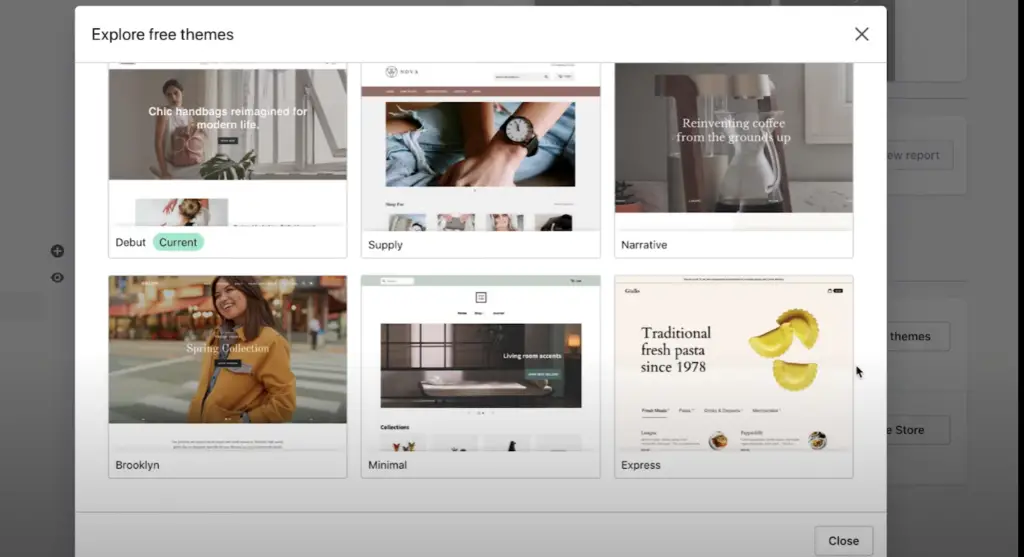
It also allows photographers to charge clients a premium fee for certain types of images or exclusive use. Rights managed agreements can help ensure that your work is properly credited, while still allowing you to make a profit from selling photo rights.
When it comes to pricing photography services, understanding your options and weighing the pros and cons of each model will help you determine which one works best for you.
Royalty Free: One-Time Payment
Royalty free licenses provide clients with the ability to use images multiple times without incurring additional cost. This type of agreement requires a one-time payment in exchange for unrestricted usage rights.
It can also be difficult to enforce copyright infringement if this type of agreement is used, since there are no restrictions on distribution or usage. [3]
Ultimately, it’s important to choose the pricing model that makes the most sense for you and your business. Be sure to weigh all your options before making a decision and make sure that the terms of any licensing agreement clearly reflect what you expect from each client.
Why Do You Need to Offer Digital Files?
Offering digital files of your photos is becoming more and more commonplace in the professional photography industry. Many clients are now expecting it as part of any photo session or event coverage package, so it’s important to understand how much you should be charging for these digital files.
Having a clear understanding of what you’re offering when selling digital files can help you set a fair fee that both you and your client will be happy with. Digital files allow your clients to use their photos for all sorts of purposes, from printing out copies for their homes to creating custom holiday cards or marketing materials. They can also be used on social media sites like Facebook and Instagram to share their photos with friends and family.
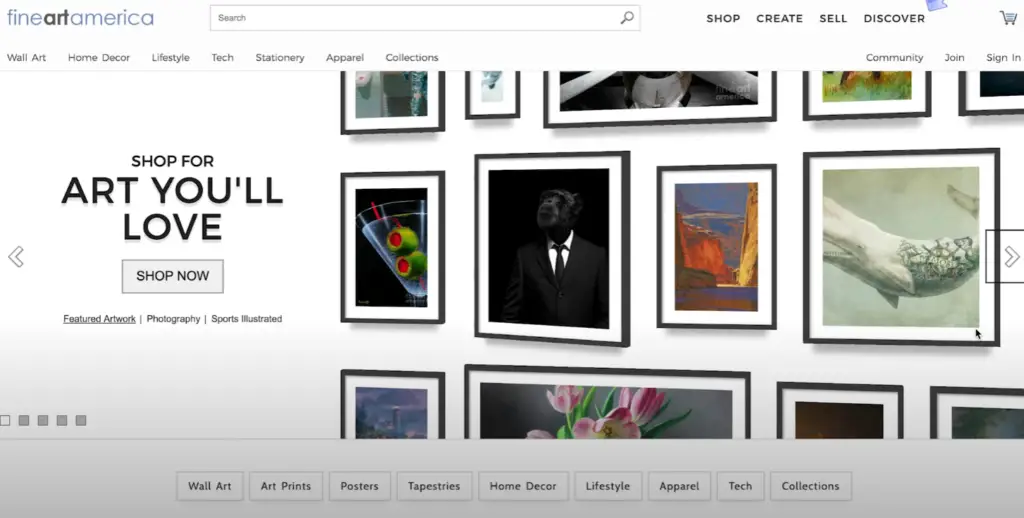
When you’re selling digital files, it’s important to consider the various uses the client may want for the files. If they’re going to be used for printing out copies or making custom cards, you should charge a higher fee than if they’re just going to be posted on social media. The more your clients plan on using their photos, the higher fee you should charge for these digital files.
In addition to considering what your clients will use the photos for, you also need to think about how much time and effort went into taking and editing them. If you spent a lot of time and energy creating beautiful images that are worthy of being shared with others, you should certainly charge a higher fee than if you just snapped a few quick photos.
Finally, you should also consider the potential return on investment your clients might get from using these digital files. If they’re going to use the photos for marketing purposes or as part of a larger promotional campaign, then charging a higher fee makes sense. On the other hand, if they’re just looking for some nice family photos to hang on their walls, then charging a lower fee may be more appropriate.
When it comes to setting fees for digital files, there are many factors that need to be taken into account. Consider what your clients will use them for, how much time and effort went into taking and editing them, and any potential return on investment before settling on a price. Doing so will help ensure that both you and your clients are getting a fair deal for these digital files!
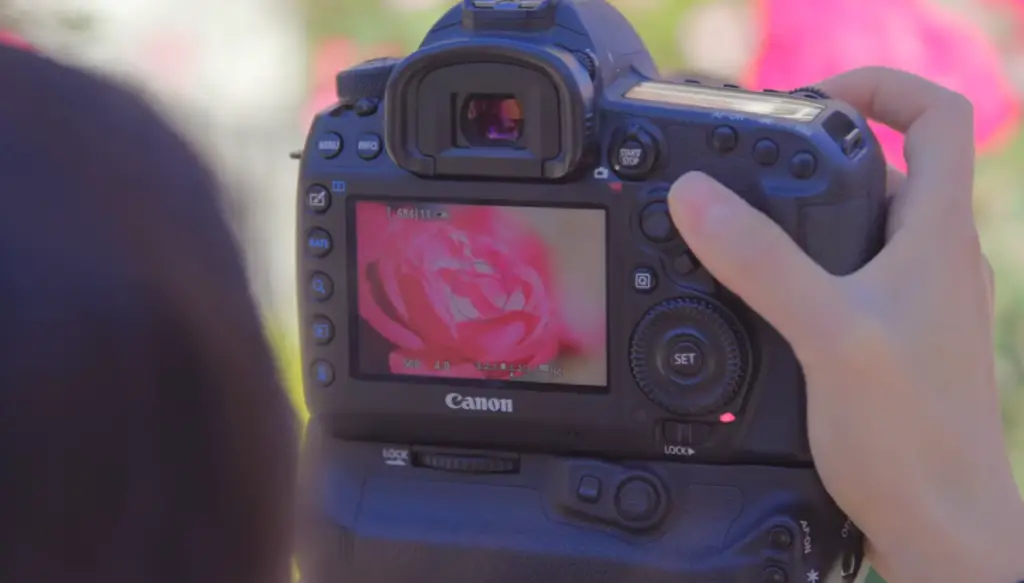
FAQ
How much do photos sell for?
The amount you can sell photos for depends on several factors, such as the quality of the photo, how unique it is, and where or how it’s being used. Generally speaking though, photos will typically sell for anywhere between a few cents to hundreds of dollars. The exact amount will depend on the individual situation. [4]
How do I get royalties for my photos?
If you’re a professional photographer, you can get royalties for your photos by selling the rights to them. This means that another person or company has agreed to pay you a fee in exchange for being able to use your photos in their own projects. It’s important to understand how royalties work so that you can make sure you are getting the most from your photo rights sales.
First and foremost, it’s important to be familiar with copyright laws before attempting to sell any photo rights. Copyright law determines who owns the intellectual property of an image, which includes both photographs and videos. If an image has been created by someone else, then they are typically entitled to receive royalty payments from anyone who wants to use the image.
When you are selling photo rights, you will need to decide how much to charge for them. This can be tricky, as different buyers may have different budgets and needs. Typically, the more exclusive the rights being sold, the higher the price should be. For example, if a buyer wants exclusive rights to use an image for a specific purpose or time frame, they may be willing to pay more than if they simply wanted non-exclusive rights. It’s important to research similar images that have been sold in order to get an idea of what your photos may fetch on the market. [5]
Before entering into any agreement with a buyer for photo rights sales, it’s best practice to put everything in writing. This can help avoid any confusion or disputes down the line. Be sure to include details such as what rights are being sold, when they will expire, and how much the buyer is paying for them.
Finally, it’s important to decide how you want to receive payments from those who purchase your photo rights. Many photographers prefer to take payment via PayPal or other online payment services so that funds can be received quickly and securely. You may also want to consider setting up an automatic billing system where buyers are charged each month until their rights expire.
Who pays the most for your photos?
When it comes to selling photo rights, the price you can expect depends on a few factors. Firstly, what kind of photography are you selling? If you’re a professional photographer with top-notch equipment and years of experience in taking great shots, then you can usually command higher prices than if you’re an amateur or hobbyist. Secondly, who is buying the photos? Are they simply looking for everyday stock images or do they need unique, high-quality photos for a specific purpose? The more specific the need, the more likely someone will pay top dollar for your work.
Another factor is exclusivity – i.e., how exclusive are you willing to make these rights? For example, will the buyer have exclusive ownership of the images or are you also willing to licence them elsewhere? If you have exclusive rights, then this could command a higher price from the buyer.
Finally, be sure to research the company that is buying your photos and what they’re likely to offer for similar deals. Doing some due diligence upfront can ensure that you get a fair price and don’t end up leaving money on the table.
At the end of the day, there’s no single answer as to how much to sell photo rights for – it depends on all these factors, plus negotiating skills and even luck!
Can you buy the rights to an image?
Yes, you can buy the rights to an image. This is called “purchasing a license”. Depending on how and where you want to use the photo, there are different types of licenses available. Generally speaking, if you just want to post the photo on social media or your personal blog, then you don’t need to purchase a license. However, if you plan on using it for commercial purposes (like printing it for advertisement or distributing copies of it), then you’ll need to buy the appropriate license for that purpose. There are lots of different licenses out there so be sure to read up and choose one that fits your needs. [6]
Useful Video: How To SELL Your Photos Online: 7 Ways to Make Money With Photography
Conclusion
When it comes to selling photo rights, the price tag will depend on a variety of factors. Ultimately, it’s up to you as the photographer to decide how much your work is worth and set an asking price that you believe is justified. It’s important to understand exactly what each buyer wants in order to get the best deal for all parties involved. Be sure to consider licensing needs, usage rights, and any other relevant details when negotiating a price. With good research and preparation, you can make sure that you are getting paid correctly for your photography work!
References
- https://cameragurus.com/how-much-to-sell-photo-rights-for/
- https://creativemarket.com/blog/how-to-price-your-digital-products
- https://cameragurus.com/how-much-to-sell-photo-rights-for/
- https://photutorial.com/how-much-can-you-make-selling-stock-photos/
- https://wp-modula.com/best-places-to-sell-photos-online-and-make-money/
- https://www.stockphotosecrets.com/questions-answers/licensing/do-i-buy-a-copyright-of-a-stock-photo-or-how-do-that-work.html





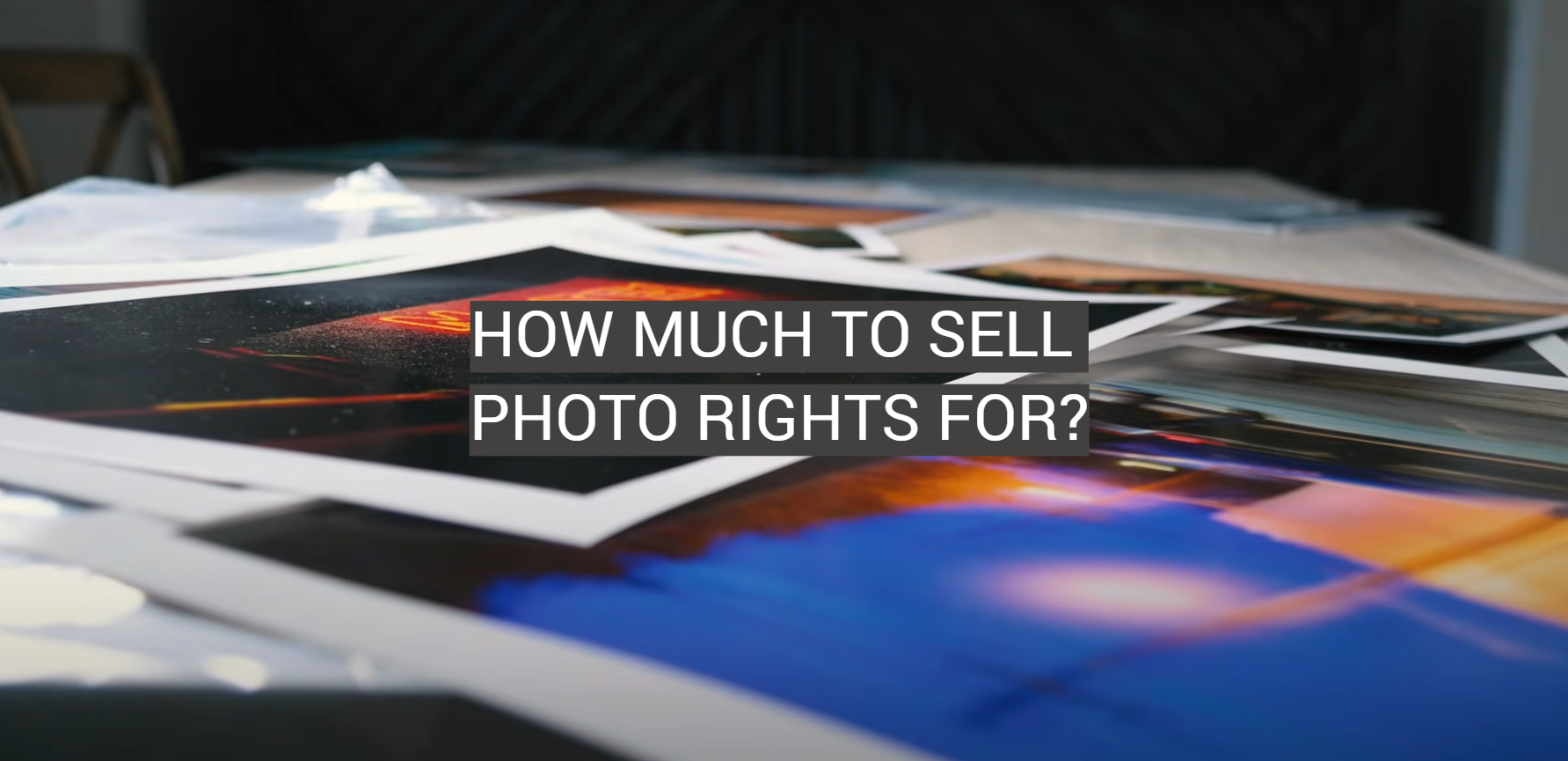
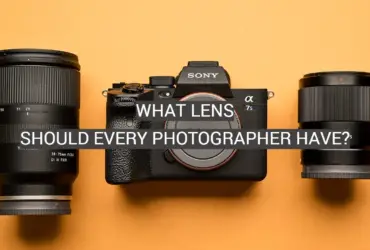
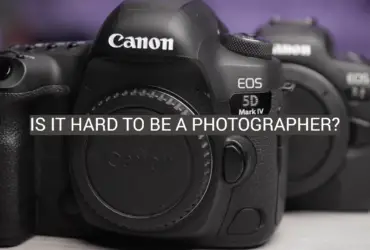
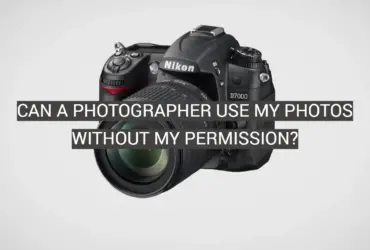



Leave a Reply